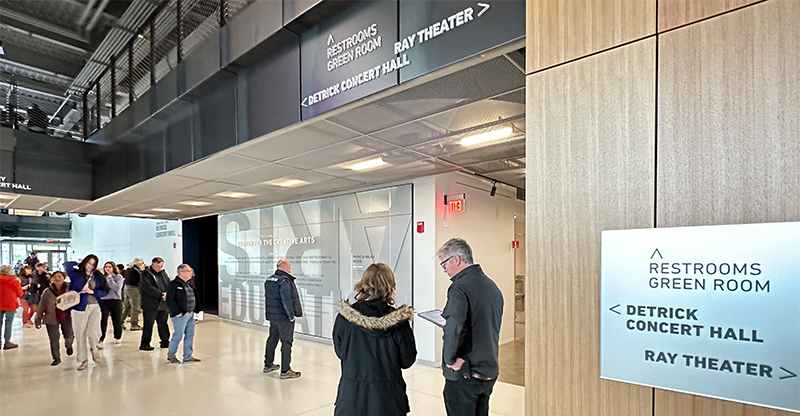The Columbia River Gorge, an 85-mile-long national scenic corridor between Oregon and Washington, is revered for its spectacular vistas, stunning waterfalls, basalt cliffs and wildflower meadows. But while the numerous trails and viewpoints within this natural wonder are preserved for public use, few places are widely accessible.
The non-profit conservation group, Friends of the Columbia Gorge (Friends), is working to change that.
Friends is taking an accessible and inclusive approach to recreation development on two recently acquired properties in Washington: Cape Horn and Catherine Creek. Dubbed the Gorge Accessibility Project, this initiative invests in community partnerships to identify, understand and overcome the barriers people experience when visiting natural recreation areas. The parcel at Cape Horn, a former homestead with dramatic views and connections to Cape Horn Trail, is the first of the two projects.

To develop a concept for the Cape Horn site, Friends enlisted Mayer/Reed, DAO Architecture and an external steering committee to provide input and feedback. The team had several important questions to explore. How do we transform this site into a recreation space that is “open to all”? What makes a place welcoming to historically marginalized groups? And how do we ensure that everyone, regardless of background or ability, can partake in the joys of this iconic landscape?
Because barriers are not always physical, our team was determined look beyond the Americans with Disabilities Act (ADA) to uncover the emotional and cultural barriers that hold people back from visiting Gorge recreation sites. Over the course of a year, we engaged in listening sessions with the steering committee (a diverse group composed of people with disabilities, families with young children, representatives of various advocacy organizations, as well as Black, Indigenous and People of Color) and members of the community. Their feedback was critical in helping the team understand what is important to people when visiting natural places and what stands in their way.
Themes that emerged included designing for a range of experiences and abilities, considering the diverse languages spoken in the region and habitat protection and restoration. The resulting concept for Cape Horn strikes a balance between developed recreational amenities and restored natural habitat. It includes a system of loop trails that will connect to the already established Cape Horn Trail (with plenty of benches to rest along the way), clear signage in English and Spanish and a large gathering pavilion for people to connect.

The vision is to create a safe and welcoming space for all at Cape Horn. This project will enable diverse communities to experience the beauty and wonder of the Gorge in ways they may not have before. Being a part of this team, and listening to and learning from our diverse community, has given us the rare opportunity to design a beautiful, natural, and universally accessible recreation space – something we hope will soon be the norm rather than the exception.


